Always a Rose
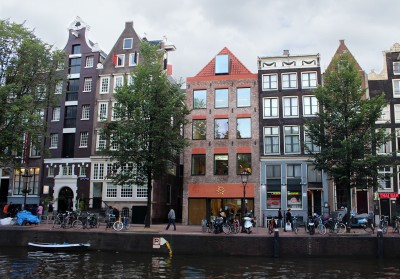
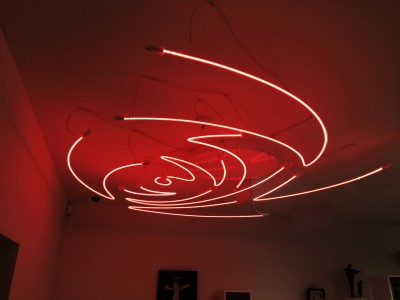
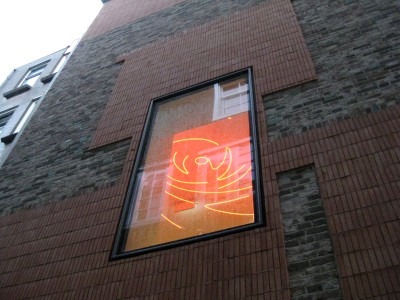
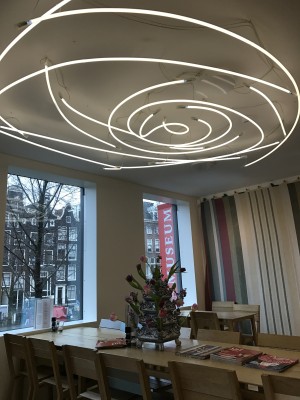
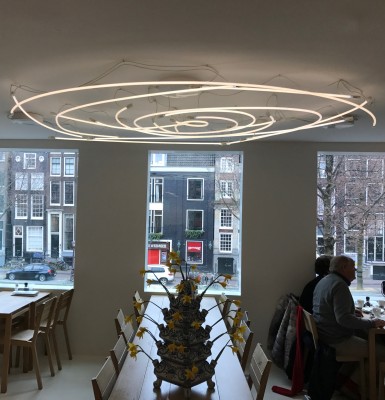
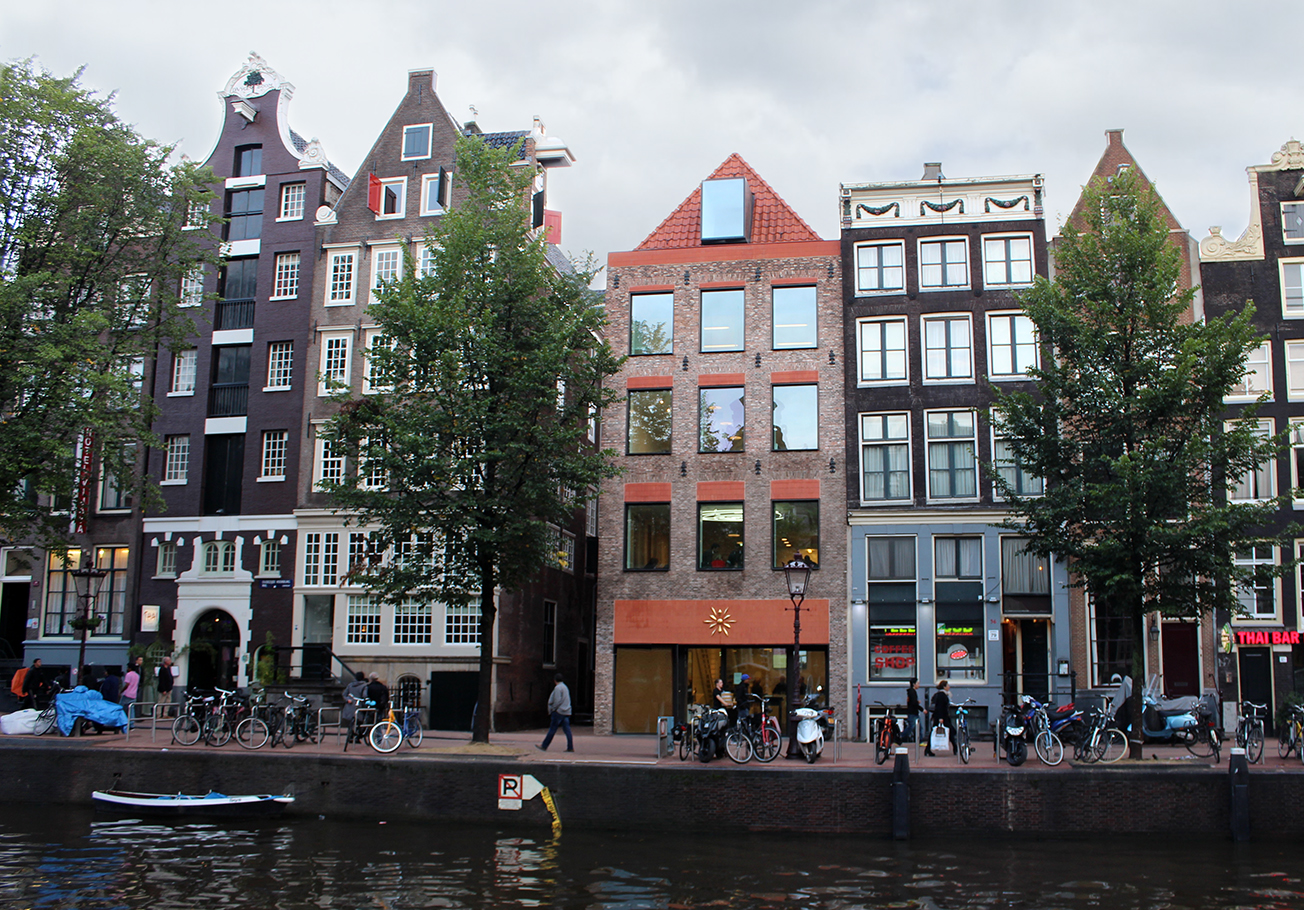
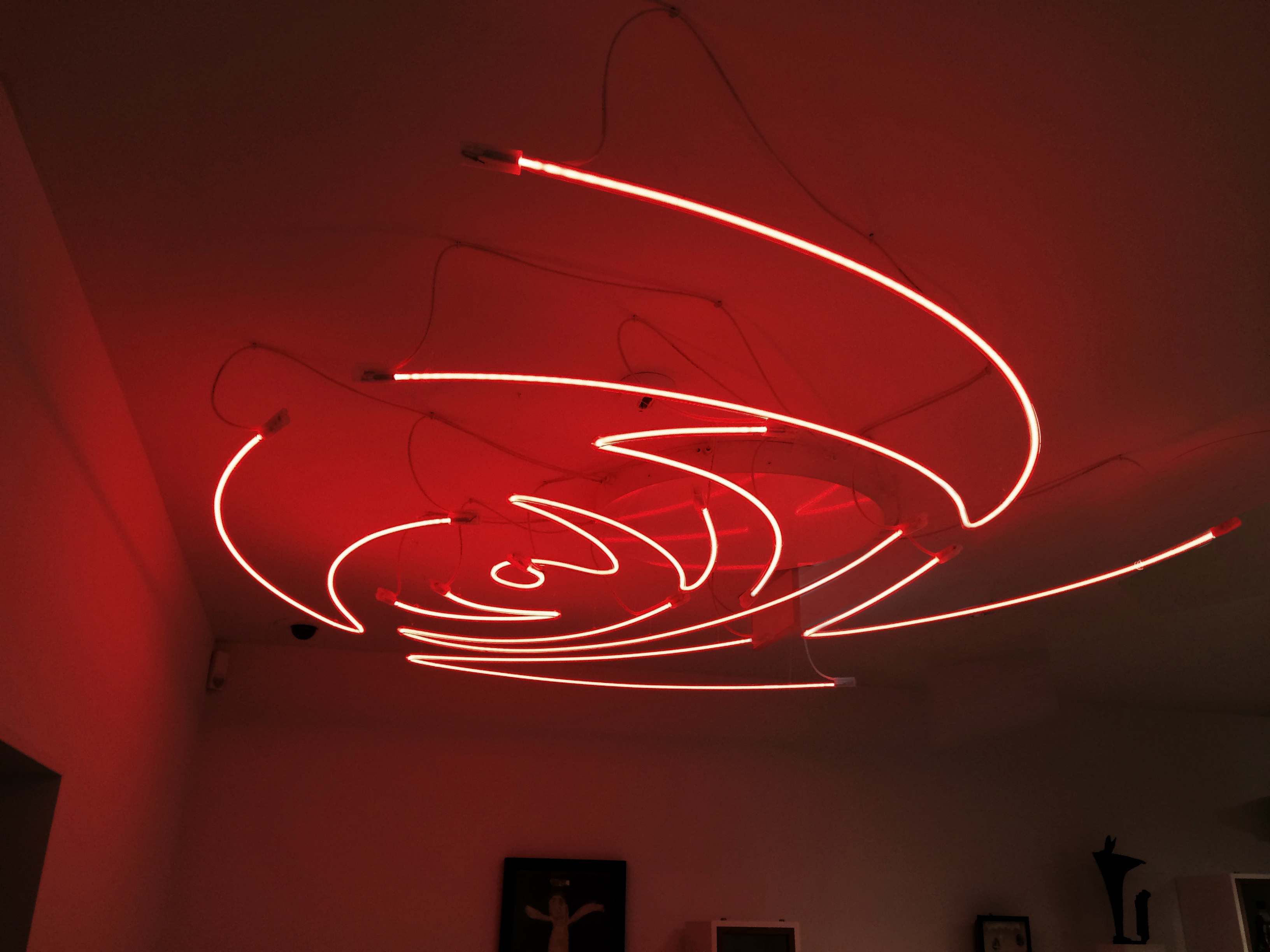
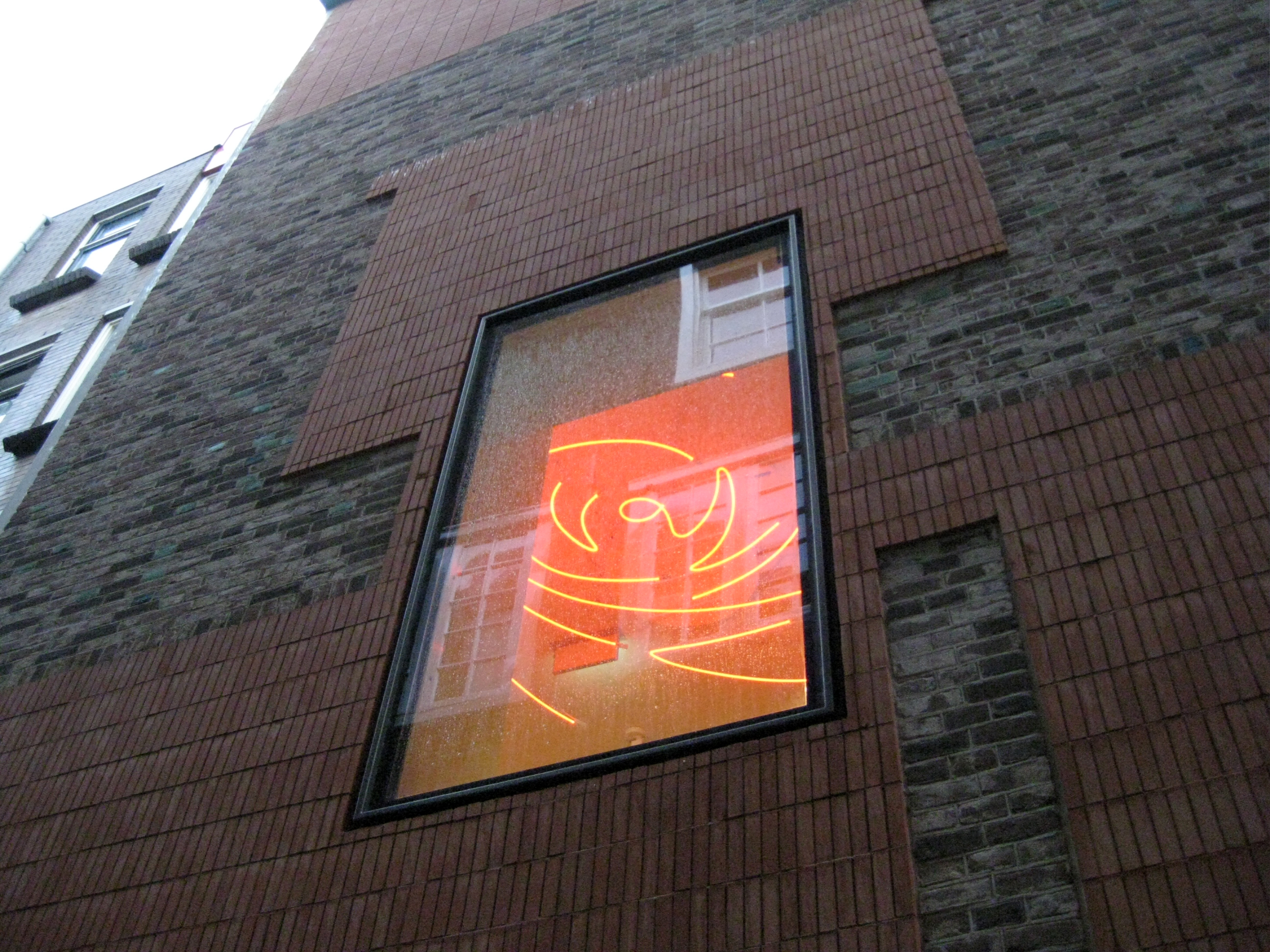
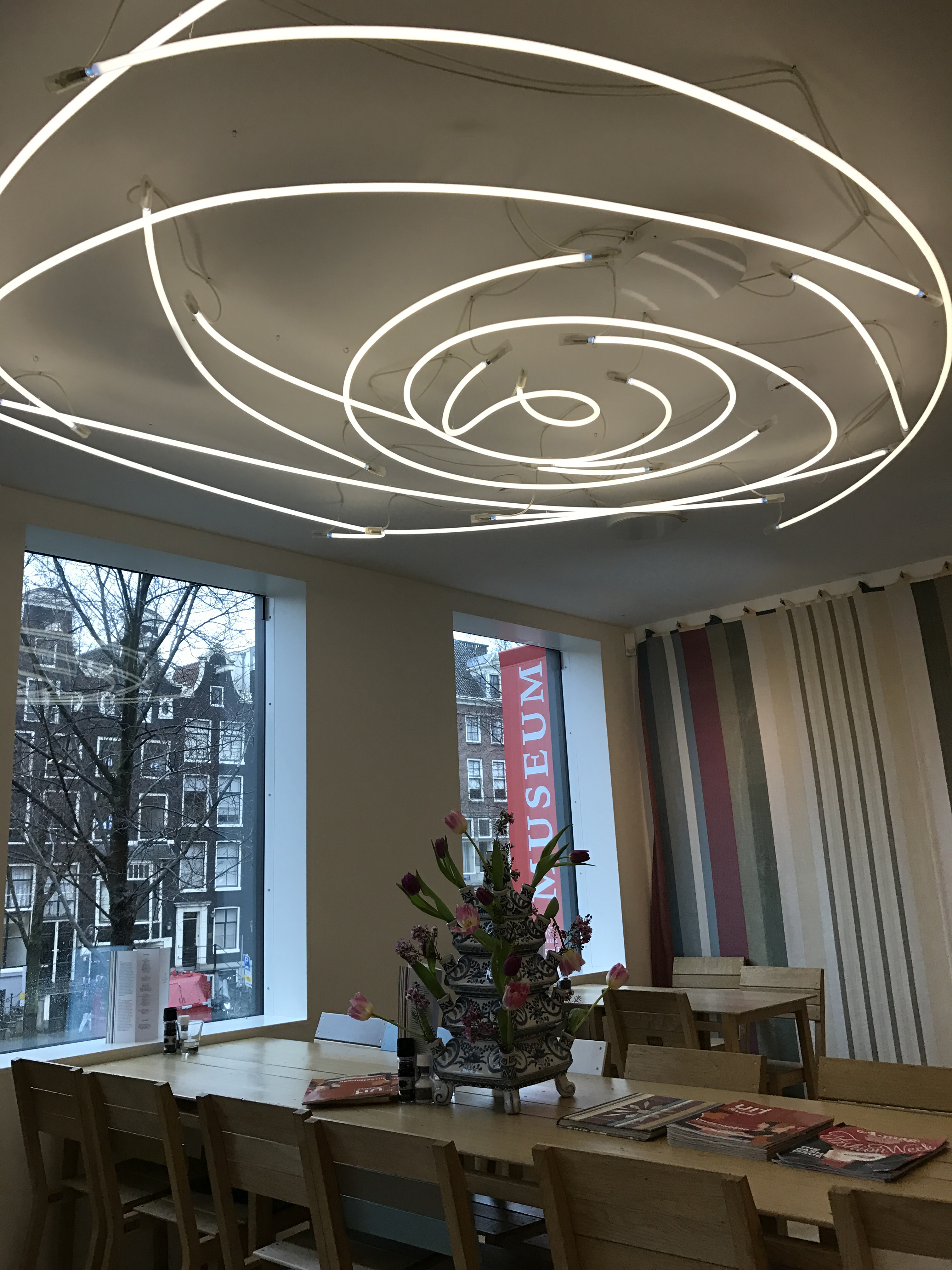
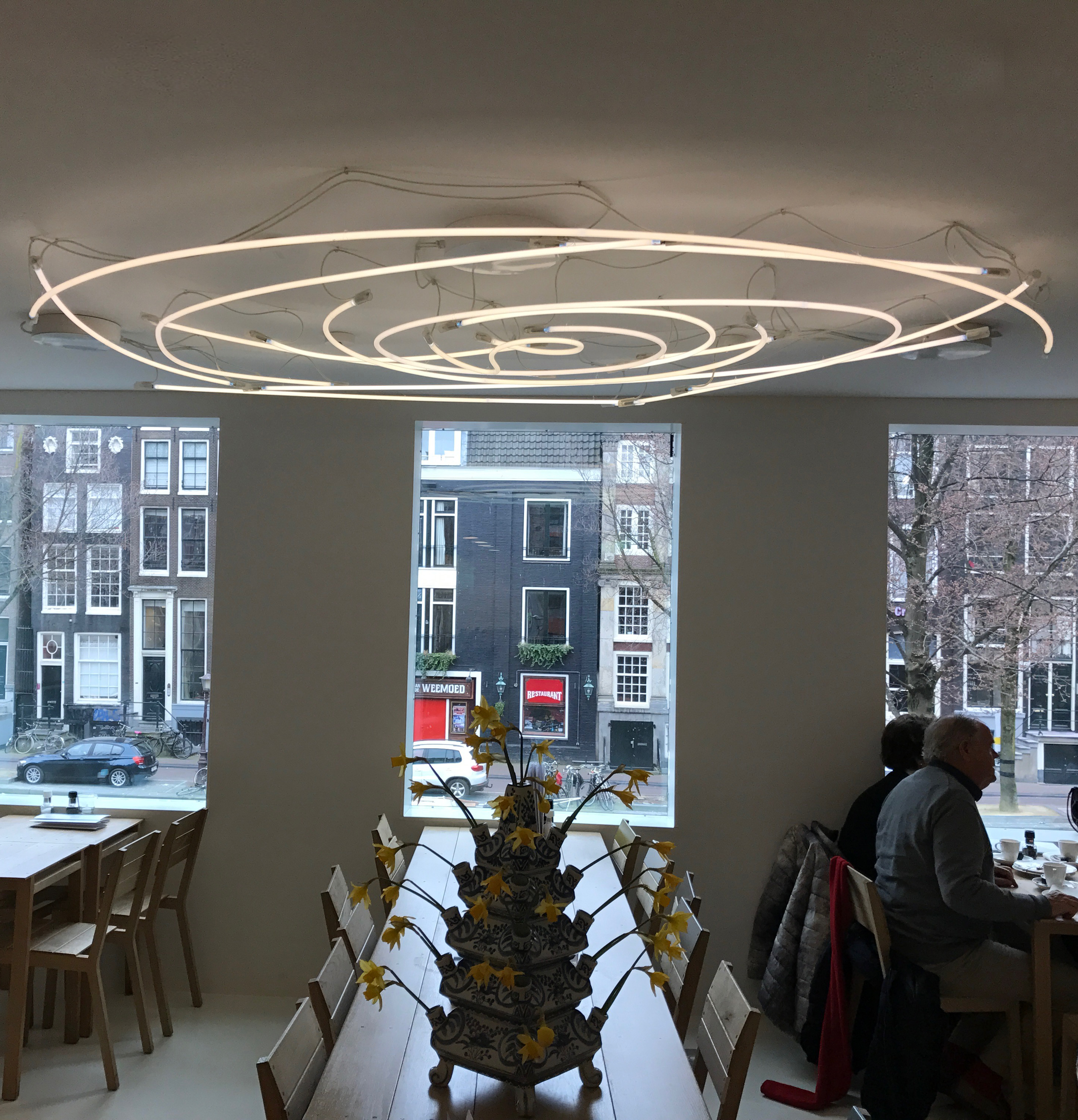
Always a Rose
Specs: White Rose, neon, 2.80 by 2.20 meter. Red Rose, neon, computer animated, 2.30 by 1.80 meter.
Museum Our Lord in the Attic, a 17th-century canal house with a Catholic church in the attic. Catholic masses were officially forbidden in the 17th century (from 1578), but the protestant governors of Amsterdam turned a blind eye, provided the churches were not recognisable on the outside. During the Reformation, in 1661, a merchant Jan Hartman converted the attic into a secret church.
The museum is located in the centre of the Red Light District. The house has been reduced to its core: a 17th-century house where people lived, worked and practiced their faith. The new building, a design by architect Felix Claus, has an educational space for teaching programs on current themes such as religious diversity, tolerance and conscience.
The Red Rose hangs in the education space and is animated. It refers to which faith or sexual orientation you may have, a rose stays a rose or, after William Shakespeare: "A rose by any other name would smell as sweet."
The White Rose is located in the café, people are sitting 'Under the Rose.' An denote secrecy or confidentiality.
Always a Rose makes a connection between the spiritual world and the secular world, the world outside: The current discussions of religious understanding and tolerance.
Altijd een Roos
Museum Onze Lieve Heer op Solder, opgericht in 1888, is een 17e-eeuws grachtenhuis waarin een woonhuis en een complete kerk zijn ondergebracht. Deze verborgen kerk op zolder ontstond in de tijd van de Reformatie, toen rooms-katholieken gelovigen geen openbare kerkdiensten mochten houden.
Het museum bevindt zich in het centrum van de rosse buurt.Het huis is teruggebracht tot zijn kern: een 17e eeuws huis waar mensen woonden, werkten en hun geloof beleden. Het nieuwe pand, een ontwerp van architect Felix Claus, heeft een educatieve ruimte voor onderwijsprogramma’s over actuele thema’s als religieuze diversiteit, tolerantie en geweten.
De Rode Roos hangt in de educatieruimte en is dynamisch. Het werk verwijst naar welk geloof of welke seksuele geaardheid je ook hebt, een roos blijft een roos, of naar William Shakespeare: "Een roos met een andere naam zou net zo zoet ruiken".
De Witte Roos bevindt zich in het café, mensen zitten 'Under the Rose'. Een aanduiding voor geheimhouding of vertrouwelijkheid.
Altijd een Roos maakt een verbinding tussen de geestelijke wereld en de wereldlijke wereld, de wereld daarbuiten: De huidige discussies over religieus begrip en tolerantie.
Museum Ons’ Lieve Heer op Solder, Oudezijds Voorburgwal 38, 1012 GD Amsterdam